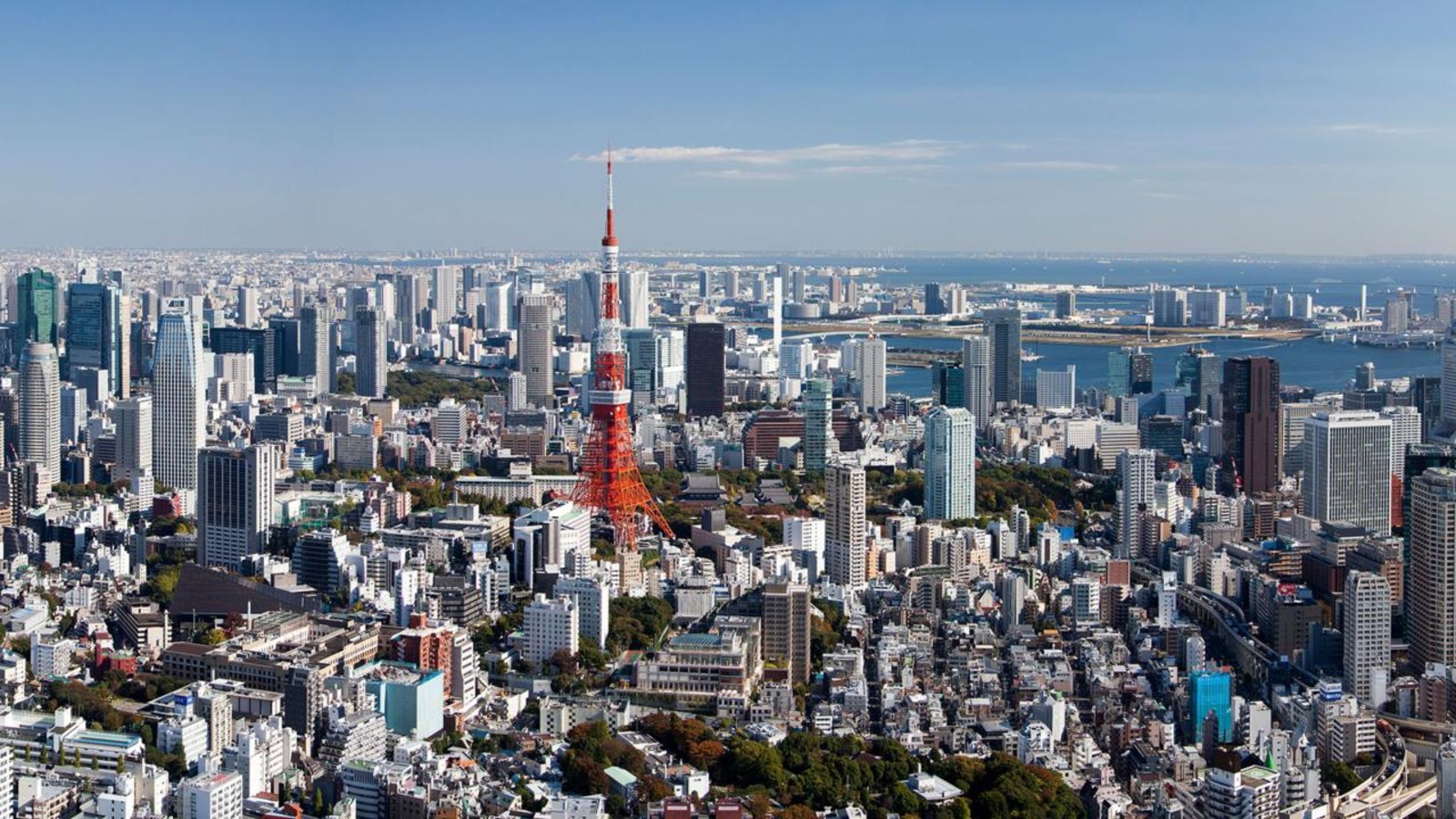Small geographic landmass, but big economic contribution

More than half of the worldwide economic growth this century has been fueled by a few large cities that make up less than 1% of the global landmass, according to Pixels of Progress, a new McKinsey Global Institute report. The report takes a new approach at looking at development than similar past studies, dividing the world into over 40k micro regions, a view 230 times more detailed rather than looking at human development through country averages.
Disparities can be obscured by national averages: The wealthiest regions in developing nations frequently more greatly resemble cities in developed economies than their neighboring regions, The Financial Times reports. Porto, the second largest city in Portugal and Mapusa, a small town in the Indian state of Goa had virtually the same GDP per capita in 2019 at USD 33k but at the country level, they are worlds apart. India’s GDP per capita was USD 6.7k in 2019, more than five times less than Portugal’s which stood at USD 34.9k, according to the report. Similarly, the average life expectancy for residents of both Manchester, England and Lima, Peru is 78.5 years. At the national level however, British people lived 6.8 years longer on average than Peruvians did.
And there’s growth concentration in specific clusters: While cities have traditionally played a disproportionately greater role in propelling economic growth, the figures in the report emphasize the extent to which growth was concentrated in certain cities, including Shenzhen and Guangzhou in China, Delhi and Bangalore in India, and Los Angeles and Dallas in the US. The regions that accounted for half of global growth in 2019 were home to about 2 bn people, or 27% of the world’s population. Over 2 bn people lived in blue zones — microregions that had an average income of more than USD 8.3k and a life expectancy of more than 72.5 years over the first 20 years of the 21st century.
Globally, the number of people living in those microregions rose from 1.3 bn in 2000 to 3.5 bn in 2019, with regions that newly made the shift accounting for the majority of that expansion. Between 2000 and 2019, nearly 1.1 bn people in China and about 1 bn people in 75 other nations, including Egypt, Brazil and India, attained the high standard of living associated with the blue zone criteria.
Across the Middle East and North Africa, a total of 290 mn people resided in 1700 blue zones in 2019, up from 55 mn people living in 100 such microregions in 2000. The two countries with the most significant shift to blue zones were Turkey and Iran: With microregions with populations of 62 mn in Turkey and 53 mn people in Iran turning blue by 2019. Other regions that made the shift include microregions in Egypt’s mostly rural El Beheira governorate area and parts of Casablanca in Morocco. The United Nations and several international organizations have supported a number of projects in El Beheira over the past two decades, which has helped boost agricultural output, build up societal infrastructure, improve water supplies and enhance the region's key location along important land and river transit routes.
Cities all over the US continue to be the main contributors to the US’ economic growth, according to a Milken Institute report. They remain the main areas where companies create new jobs and employees receive better salaries, maintaining the nation’s competitiveness in the global economy. A recent trend the report has noted for the second consecutive year is that the country's prominent high-tech hubs are no longer the only areas that create high-paying jobs, indicating that this kind of economic success is extending from the larger coastal cities inwards throughout the country. On the other hand several tech-hubs have witnessed a resurgence including San Jose, Durham, and Chapel Hill, demonstrating the industry’s resilience in the face of the pandemic.
The inequality between different regions within one country has grown over the past 20 years. The most productive areas of a country, which are typically large cities, are now on average twice as productive as the least productive areas, the FT reports, citing data from the Organisation for Economic Co-operation and Development.